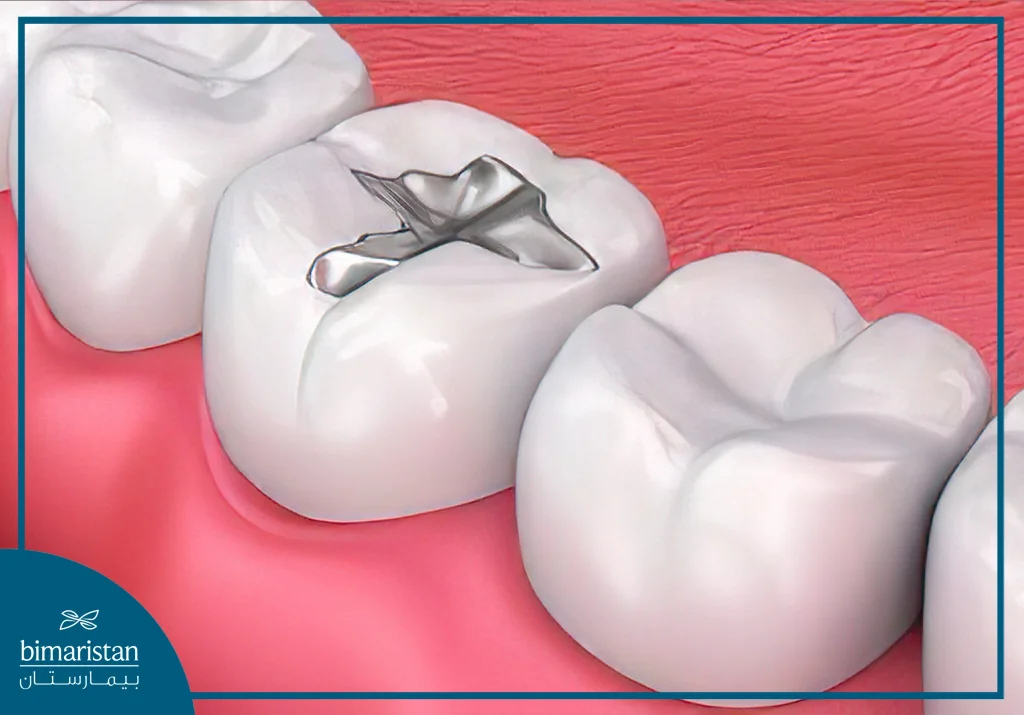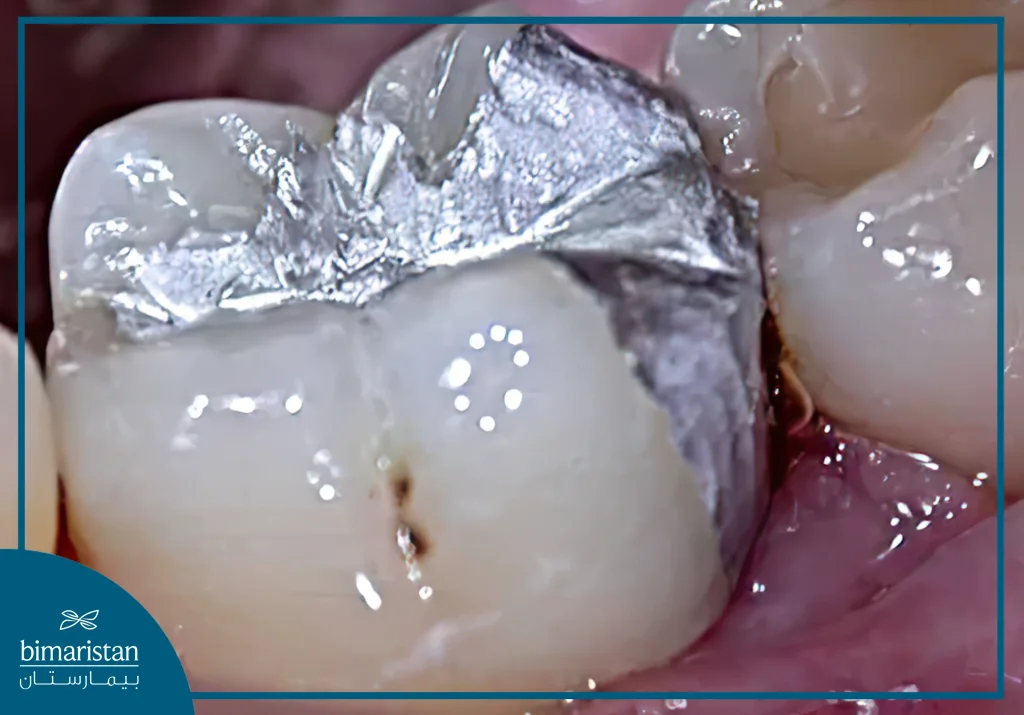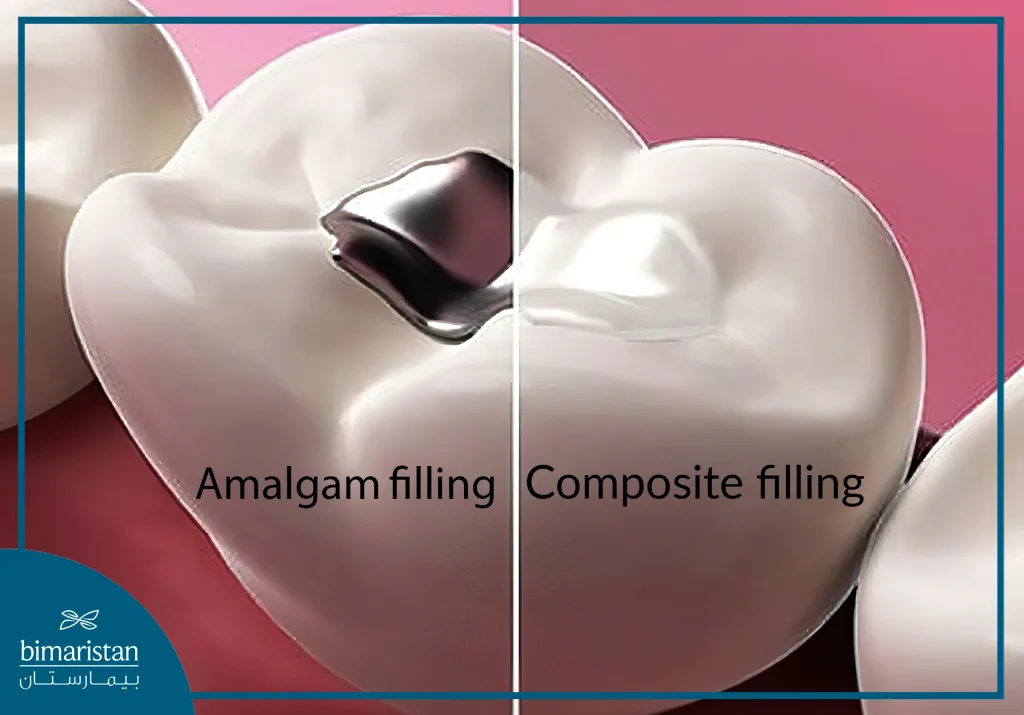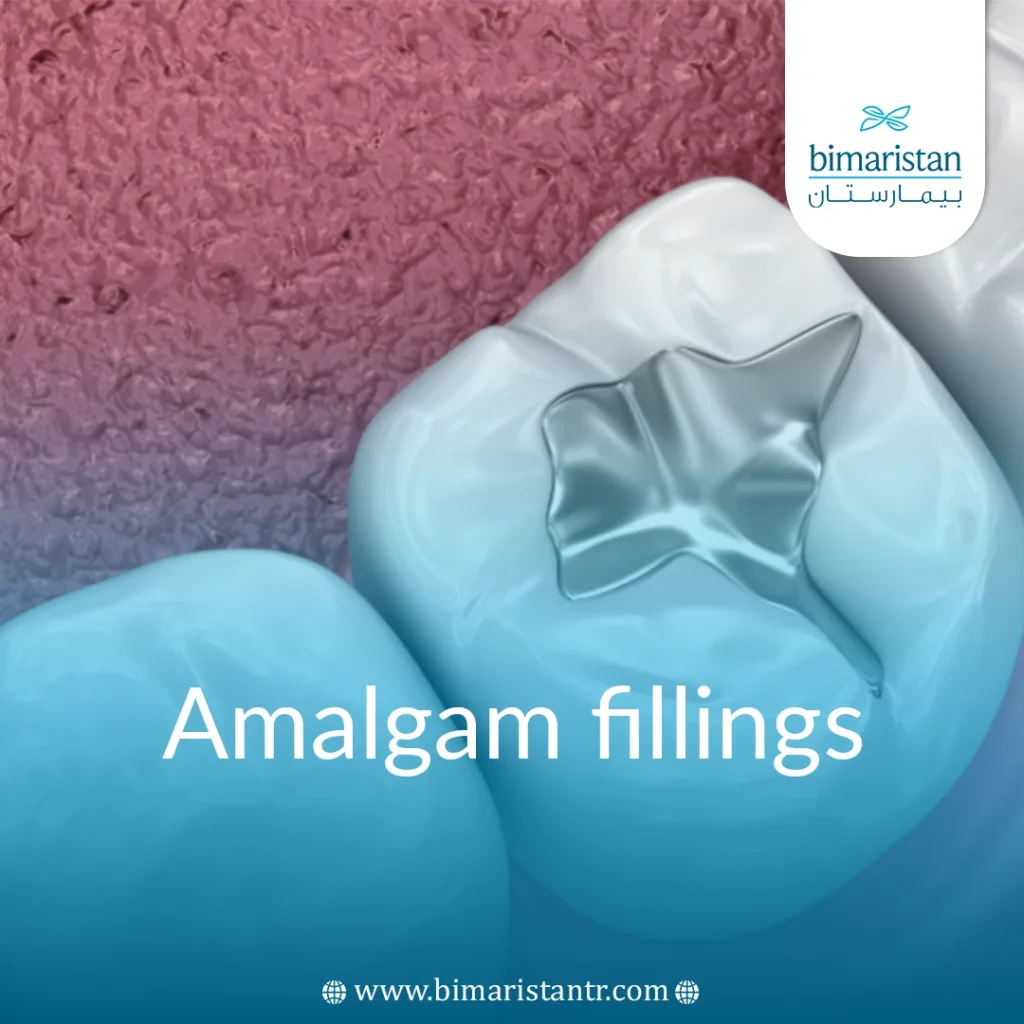Amalgam dental fillings, formerly known as lead, silver, or mercury fillings, are among the oldest ones dentists have used for over 100 years.
Amalgam fillings are made of a mixture of metals and are characterized by being long-lasting and less expensive than other types of fillings, such as composite or gold fillings.

Dental amalgam, sometimes called silver fillings because of its color, is a mixture of mercury, silver, copper, tin, and zinc used to restore tooth cavities after tooth decay has been removed. Dental amalgam contains approximately 50% mercury by weight.
Advantages of using dental amalgam fillings
Dental amalgam fillings are not the only filling material available, but they do have certain advantages over other materials, such as composite fillings, for example:
- Dental amalgam fillings are usually easier to apply than composite fillings.
- Composite fillings require the application site to be dry, which can be difficult for children and people with special needs who may have difficulty sitting in the dental chair. Their ability to harden quickly can also make treatment less stressful for them.
- Dental amalgam fillings are durable and long-lasting. A review of several studies found that light-based fillings may be twice as likely to fail as amalgam fillings.
- Dental amalgam fillings are stronger than composite resin fillings. This strength makes amalgam fillings a good choice for restoring the chewing surfaces of molars.
- Dental amalgam fillings are typically less expensive than cosmetic fillings.

Disadvantages of dental amalgam fillings
The most common disadvantages of amalgam fillings are:
- The dentist must prepare the tooth and remove more tooth structure to place an amalgam filling than other types of fillings.
- Some patients have a metal allergy, although rare, that may cause them to react badly to amalgam.
- It is very noticeable and has an unaesthetic color, especially when the filling is near the front of the mouth, where it may appear when you laugh or talk, and even on the back teeth if your mouth is wide open.
- Tooth fractures occur due to the possibility of amalgam expanding in response to temperature changes.
- Some dentists have stopped performing dental amalgam fillings in their offices.
Steps for applying dental amalgam fillings
When you visit your dentist, he will take several steps in preparation for filling your tooth:
- The tooth is anesthetized with a local anesthetic.
- Once the tooth is anesthetized, the filling is prepared and placed, taking into account the position of the edges and points of contact with the adjacent tooth.
- If the filling is between teeth, a band called a retainer is usually placed to help position and shape the filling to the shape of the tooth.
- Amalgam fillings take up to 24 hours to harden, so you should avoid eating with the filling on until the next day.
After getting an amalgam filling, you may feel slight sensitivity in your teeth for a few days. If you feel a sharp pain when you bite down, it may be due to the contact between the new metal filling and the opposing tooth. There is no need to worry; the sensation will gradually diminish over the next few weeks.
Contact your dentist if you experience sensitivity or chronic pain when you bite down. He or she will re-evaluate the height of the new filling and make adjustments if necessary.
Choosing between amalgam and composite fillings
A composite filling is the best option if you want the most natural-looking restoration possible. The restorations are less noticeable, but they may not last as long as amalgam fillings. However, the quality of this material has improved in recent times.

Dental amalgam fillings are the best option if you are not concerned about appearance and are very concerned about the longevity of the filling. They may also be easy to place for children or adults with special needs due to their quick hardening.
The only way to understand which type of filling is right for you or your child is to book a visit with a doctor. We can guide you to the best specialists. Do not hesitate to contact us at your family’s hospital center in Turkey.
Are amalgam fillings safe?
Amalgam fillings are a combination of different metal elements, including silver, mercury, tin, and copper. Because they contain mercury, their effects on the patient’s health and the environment are controversial among some people.
Amalgam fillings are a safe and commonly used material. Regarding their mercury content, it is important to know that when combined with other metals, they form a stable and safe material.
Scientific studies confirm the safety of dental amalgam fillings and that amalgam is safe and effective for filling cavities. Based on extensive scientific evidence, the American Dental Association and the World Health Organization agree that dental amalgam fillings are a safe and effective material for filling teeth.
The Alzheimer’s Association, the American Academy of Pediatrics, the Autism Society of America, and the National Multiple Sclerosis Society also say that amalgam does not pose any health risks.
As with any dental work, you will always need to talk to your dentist about your individual situation in order to make the most informed decision.
Some studies have shown that dental amalgam fillings are a safe and permanent option. They also point out that there are several types of mercury. Methylmercury, which is found in water and can accumulate in fish and lead to health problems if you eat too much of it, is not the same type used in amalgam fillings.
Can dental amalgam fillings affect my health?
When the mercury in a filling is mixed with other metals, it forms a solid that does not dissolve easily.
After reviewing several scientific studies, the U.S. Food and Drug Administration has found that amalgam fillings are safe for adults and children ages 6 and older.
Although some people express concern about the mercury vapor released from amalgam fillings when chewed, the amount released is far below the permissible limits set by the U.S. Environmental Protection Agency and the World Health Organization.
People may be at risk for an allergic reaction, but this is very rare. Less than 1% of people who get dental amalgam fillings may have an allergic reaction.
Preventing cavities
Ultimately, prevention is the best medicine, and the best filling is not to fill your teeth. You can greatly reduce the risk of tooth decay and other dental diseases by:
- Brushing your teeth twice a day with fluoride toothpaste
- Flossing daily
- Eating a proper, balanced diet that limits sugary drinks and snacks
- You can apply sealants to your teeth in the clinic to prevent cavities
- Visiting the dental clinic regularly
Sources:
- U.S. Food and Drug Administration
- Metro East Dental Care
